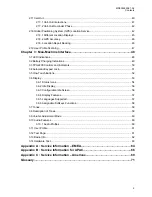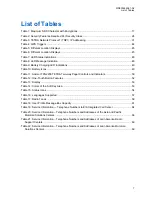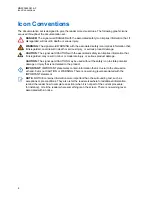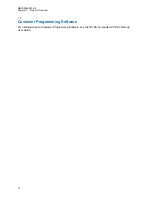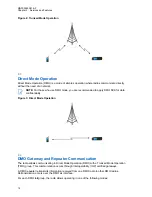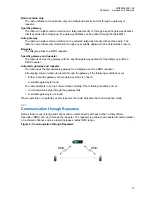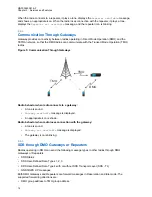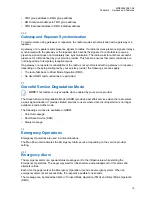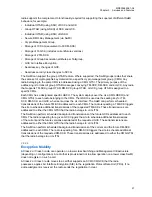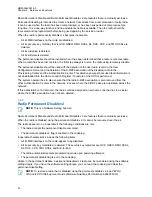
target application. The radio may receive downlink SDS messages that are successive retransmissions
of a message already received and acknowledged by the radio. The radio does not display these
messages, nor store in them in the inbox, nor send them to an external application.
2.7.1
Status Messages
You can select from a list of up to 4000 preprogrammed alphanumeric aliases each of which
corresponds to a status value. The valid range of uplink status values is a set of provisioned
parameters. The radio sends status to the dispatcher ISSI configured in the user profile.
The radio accepts status messages from addresses it is monitoring. The radio can be preprogrammed
with an appropriate text associated with each status value. The radio notifies when a new
status message has been received. Upon receiving an incoming status message, the stored text
corresponding to the status value is extracted and placed in the text message buffer as a text
message. Receiving a status causes the radio to display the message mail screen, which allows you
quick access to read the message. A received status can be stored in the radio text message buffer.
The PEI provides access for external applications to send and receive status messages.
2.7.2
Text Messages
The radio supports an internal text messaging application using the TETRA Short Data Service
Transport Layer (SDS-TL).
The encoding schemes supported in text messages are:
ISO 8859-1 (Latin-1)
American Standard Code for Information Interchange (ASCII) encoding scheme which includes
letters and special characters needed for Western European languages.
2-byte Universal Character Set (UCS-2)
Unicode standard which defines a consistent method of encoding and decoding multilingual text
such as Chinese and Korean characters.
Table 1: Maximum SDS Character with Encryptions
Encoding
Scheme
Without OPTA
and E2EE
Without OPTA
and with E2EE
With OPTA and
without E2EE
With OPTA and
E2EE
7-bit
160
124 (121)
136
100 (97)
8-bit
140
109 (106)
116
85 (82)
16-bit
70
54 (53)
46
30 (29)
Besides the 7-bit, 8-bit, and 16-bit encoding schemes, the radio also supports the Smart 8-16 and
Smart 7-8-16 encoding schemes. These two encoding schemes are auto-selected if your text input has
a combination of 7-, 8-, or 16-bit characters.
NOTE:
Usage of special characters or multilingual texts may reduce the maximum number of
characters allowed.
The radio does not support SDS text messages editing. The radio sends the saved message to
the dispatcher ISSI configured in the selected user profile. The radio can receive and reply with a
predefined template to a message received from one of the 200 Calling Party ISSIs in the selected
User Profile.
1
In E2EE SDS, a timestamp reduces the maximum size of the user data. See values in paren-
theses.
MN003465A01-AF
Chapter 2 : Services and Features
17



